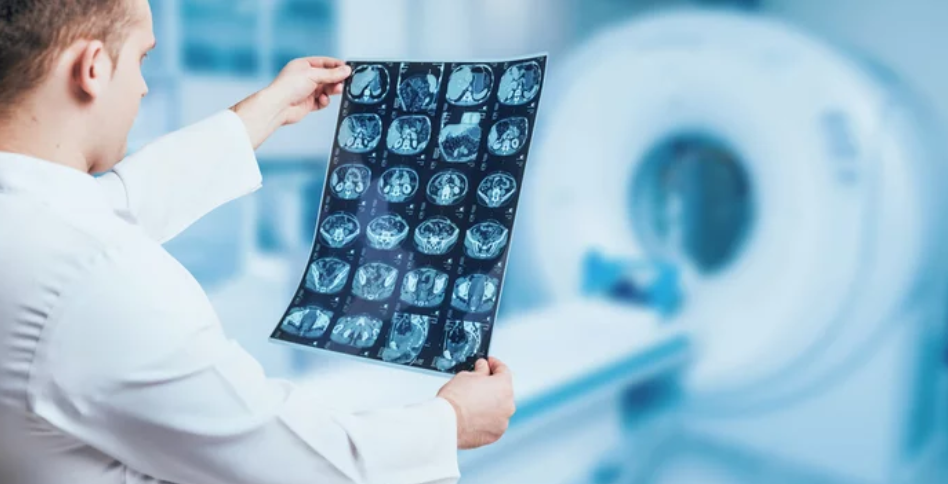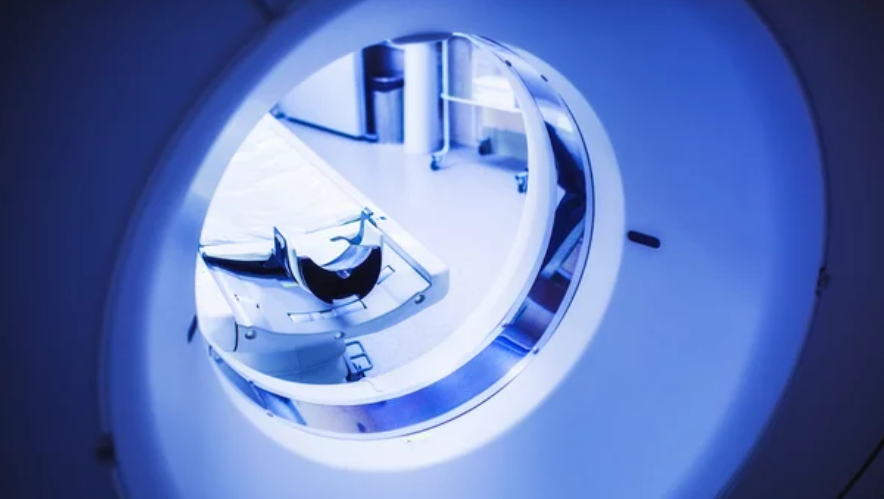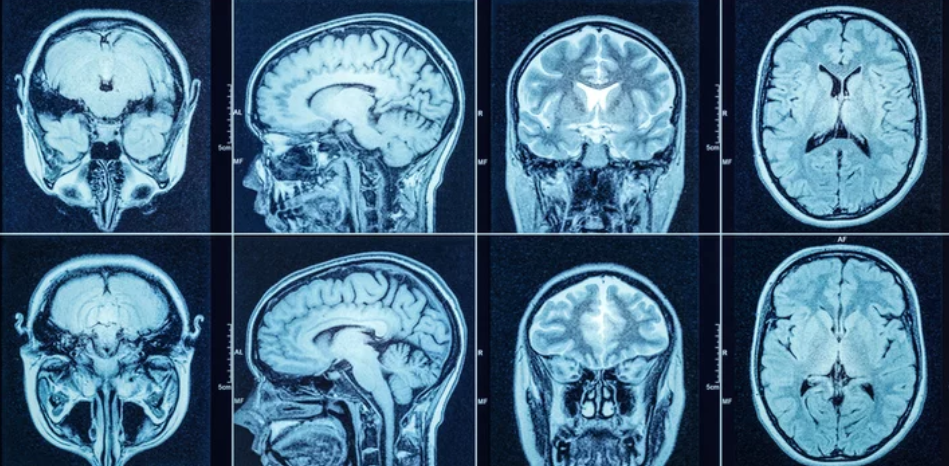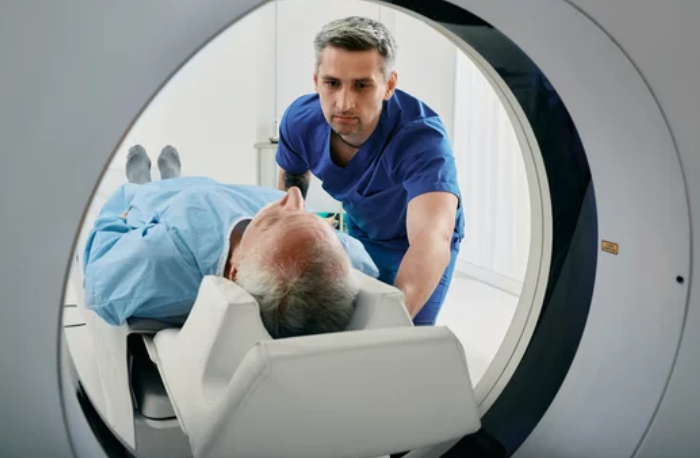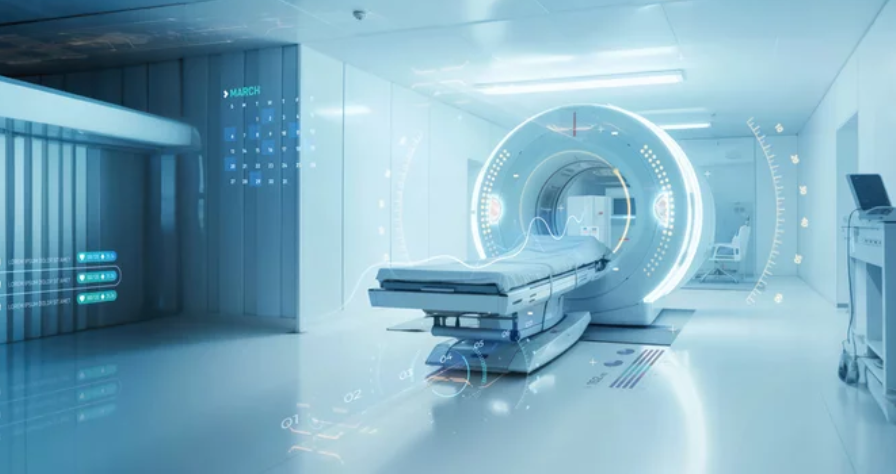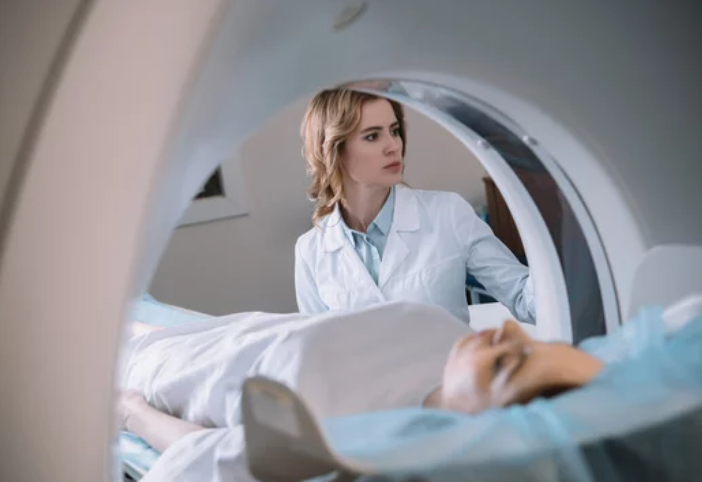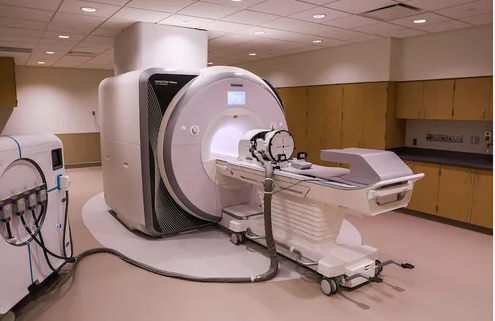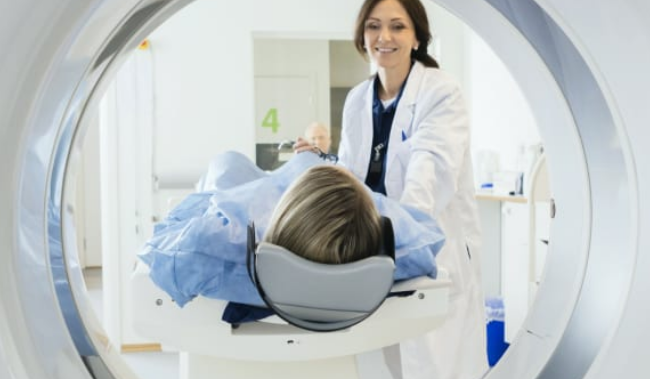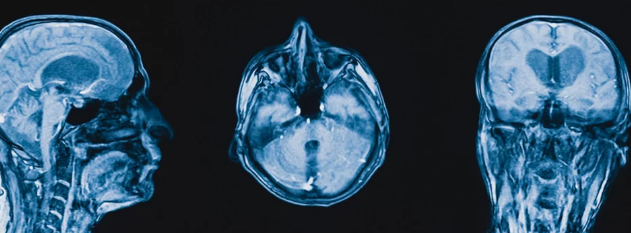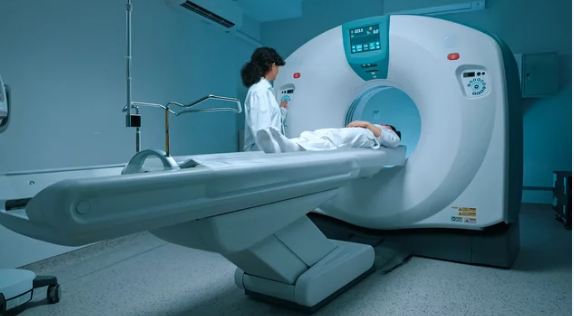Magnetic Resonance Imaging (MRI) has been one of the most powerful …
MRI
Advanced MRI: The Future Backbone of Diagnostic Medicine
Magnetic Resonance Imaging (MRI) has long been one of the cornerstones …
The Role of MRI in Shaping Tomorrow’s Medical Departments
Magnetic Resonance Imaging (MRI) has long been a vital diagnostic tool …
MRI in the Future of Healthcare: What’s Next?
Magnetic Resonance Imaging (MRI) has already cemented its role as a …
How MRI Technology is Revolutionizing Modern Medicine
Magnetic Resonance Imaging (MRI) has come a long way since its …
The Future of MRI: Transforming Medical Treatment Worldwide
Magnetic Resonance Imaging (MRI) has long been a cornerstone of medical …
Behind the Scan: What Happens to Your MRI After You Leave?
Getting an MRI can feel like a mysterious process. You lie …
A Day in the Life of a Radiologist: Reading Cancer MRIs
Radiologists often work behind the scenes, yet they play a pivotal …
When MRI Found What Other Scans Missed
Cancer detection is a race against time. Early identification of tumors …
From Suspicion to Diagnosis: My Journey With Cancer MRI
The moment my doctor first mentioned the possibility of cancer, a …
